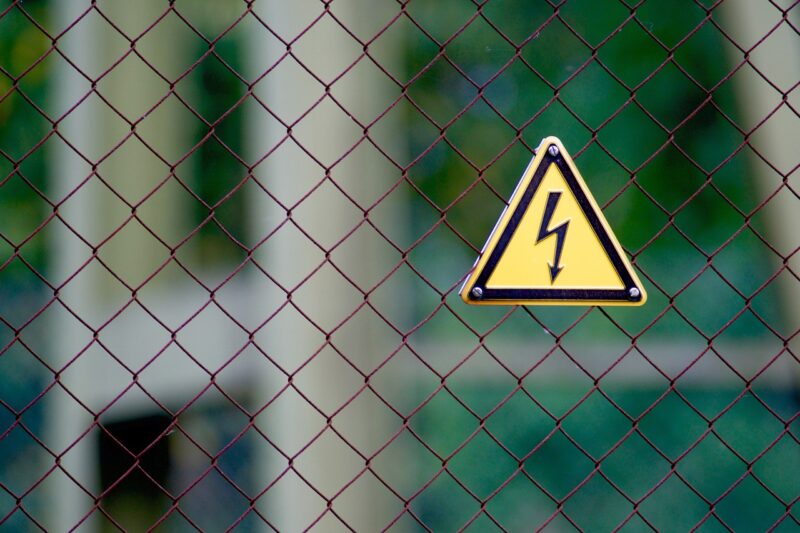US Banks Witness Highest Surge in Overdue Commercial Property Loans in a Decade

US banks are experiencing a significant rise in delinquent commercial real estate loans, reaching levels not seen in the past 10 years. This uptick is attributed to the compounded effects of soaring interest rates, economic instability, and the growing trend of remote work, all of which are exerting considerable stress on property owners.
BankRegData Detects Drastically Higher Number of Overdue Loans
Industry data from BankRegData reveals that the amount of overdue loans, specifically those missed by landlords of leased properties for more than one payment cycle, has escalated by 30 percent or $4 billion, reaching $17.7 billion in the quarter ending September. This represents a $10 billion increase over the past year.
Despite this surge, the banking sector’s lending health remains robust historically, with only 1.5 percent of commercial property loans being overdue. However, experts in the field anticipate a continued upward trend in distressed properties, particularly within the office space market.
Bill Moreland of BankRegData has informed his clients that the situation in commercial real estate lending is deteriorating rapidly. Leo Huang, from Ellington Management Group, predicts a decline in property values coupled with a rise in loan delinquencies.
The recent bankruptcy filing by WeWork, a major office space renter in major cities, was not reflected in the third-quarter data. This Chapter 11 filing is expected to significantly impact property owners as WeWork plans to cut down its lease obligations substantially.
Wells Fargo in trouble?
Wells Fargo, which is the largest lender in the commercial real estate sector with over $70 billion in loans, has noted WeWork’s financial struggles as a factor in its decision to monitor a $20.5 million mortgage for potential payment defaults. The loan in question, originating from Bank of America and now owned by investors, is managed by Wells Fargo.
Wells Fargo’s overdue property loans saw a dramatic increase of over 50 percent to $3.4 billion in the third quarter, a stark rise from $400 million the previous year. Despite these delinquencies, banks like Wells have been reluctant to declare defaults or recognize actual losses on these loans. In the third quarter, Wells Fargo only wrote off $91 million in commercial real estate loans.
During a recent analyst call, Wells Fargo maintained a cautiously optimistic outlook, expecting many borrowers to resume payments and avoid significant losses, though they acknowledged some impact is inevitable.
Moody’s Kevin Fagan forecasts that delinquency rates will continue to rise over the next year, indicating that the industry should brace for more challenges ahead, although it may take time for these delinquencies to translate into actual losses.
PNC sees significant rise in delinquent loans
PNC, a regional bank, has seen one of the sharpest increases in delinquent commercial real estate loans, which more than doubled to $723 million in the quarter. PNC’s CFO, Rob Reilly, acknowledged the emerging pressures in the office sector but reassured that the bank has sufficient reserves for potential loan losses.
To mitigate losses, banks like Bank of America are actively restructuring property loans, with the volume of modified loans increasing by nearly $750 million to $1.2 billion in the quarter. The industry-wide total of restructured commercial real estate loans has increased by $6 billion to $8.5 billion in the last six months.
Bank analyst Christopher Whalen from Whalen Global Advisors notes that banks are likely to extend loans for salvageable assets to avoid the steep value losses that can occur if a bank has to seize a property.


